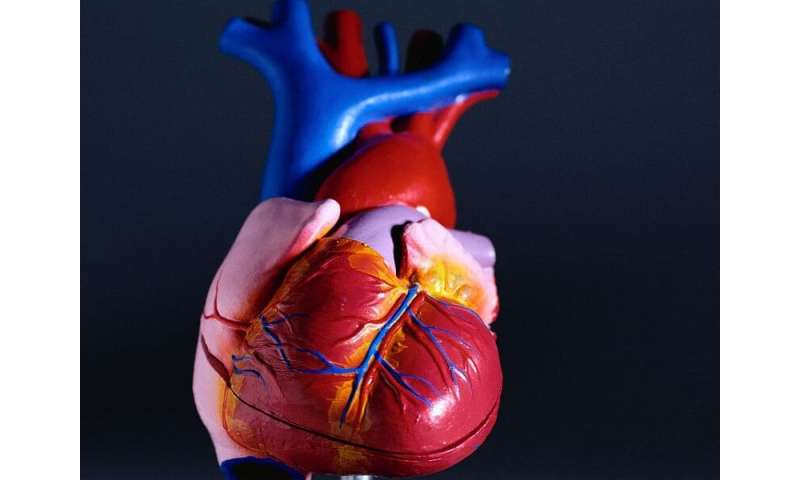
(HealthDay)—For young adults undergoing aortic valve replacement (AVR), use of transcatheter AVR (TAVR) has increased even though open heart surgery currently is considered the best option, according to a study presented at the annual meeting of The Society of Thoracic Surgeons, held from Jan. 25 to 28 in New Orleans.
Jennifer S. Nelson, M.D., from Nemours Children’s Hospital in Orlando, Florida, and colleagues examined AVR/TAVR use and outcomes for adults aged 18 to 55 years from the Congenital Heart Surgery Database (CHSD) and the Adult Cardiac Surgery Database (ACSD). Data were analyzed for 1,343 unique CHSD and 35,088 ACSD operations; >15 percent were related to congenital heart disease.
The researchers found that valve utilization included TAVR, autograft, mechanical, bioprosthetic, homograft, and Ozaki (1.2, 1.3, 39, 57, 0.8, and 0.5 percent, respectively). Over time, valve utilization changed; from 2013 to 2017, TAVR volumes increased 134 percent. Unadjusted inpatient valve-type mortality was 0.4, 3, 4, 17, 7, and 3 percent for autograft, mechanical, bioprosthetic, homograft, Ozaki, and TAVR, respectively. There was an association noted for valve choice with age but not center volume. Risk-adjusted mortality was associated with the lowest volume tertile, a higher preoperative aortic valve gradient, smaller prosthesis size, and homografts for the ACSD cohort. Longer length of stay was associated with younger age, a higher preoperative aortic valve gradient, and smaller prosthesis size but not valve choice.
“The wisdom of extending TAVR to a younger adult population that mirrors the characteristics of an older population with acquired aortic valve stenosis may be reasonable,” Nelson said in a statement.
Source: Read Full Article
